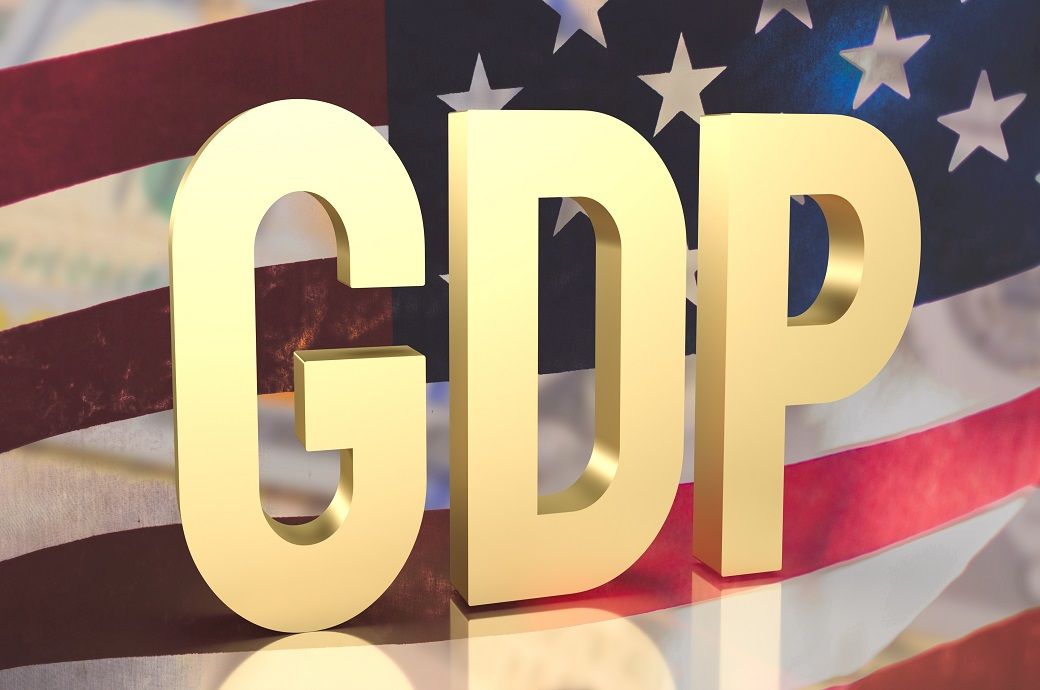
It forecasts real GDP growth will cool to 1.9 per cent in 2025 and 2026, down from 2.9 per cent in 2023 and 2.8 per cent in 2024, and average roughly 2 per cent per year thereafter.
“The front-loading of regressive policies—higher tariffs and federal workforce layoffs—are disrupting growth earlier than we previously projected,” the rating agency said in a release.
The balance of risks to its growth forecast is tilted to the downside.
It forecasts that the US unemployment rate will drift higher and peak at 4.6 per cent by mid-year 2026, with the public sector likely limiting payroll expansion, in contrast to significant contributions to jobs growth in the past two years.
“As growth slows, we see demand for labor softening, with the pace of job gains falling under 100,000 a month by midyear 2025 versus the three-month average of 200,000 a month in February,” it says.
It projects inflation will remain closer to 3 per cent this year as tariffs increase prices along the domestic supply chain and for end consumers.
As a result, the rating agency expects one 25-basis-point federal funds rate cut this year, ending the year at 4-4.25 per cent.
For 2026, it sees growth picking up after a slow start. This is because it sees uncertainty related to the structure of tariffs abating, the Federal Reserve further easing its policy rate and partly due to a more favorable growth backdrop in the eurozone that will support expanding US exports.
Weaker household income growth, reduced positive impulses from the public sector, rising tariffs, higher interest rates, and lingering policy uncertainty are key factors decelerating economic growth this year, it feels.
Fibre2Fashion News Desk (DS)